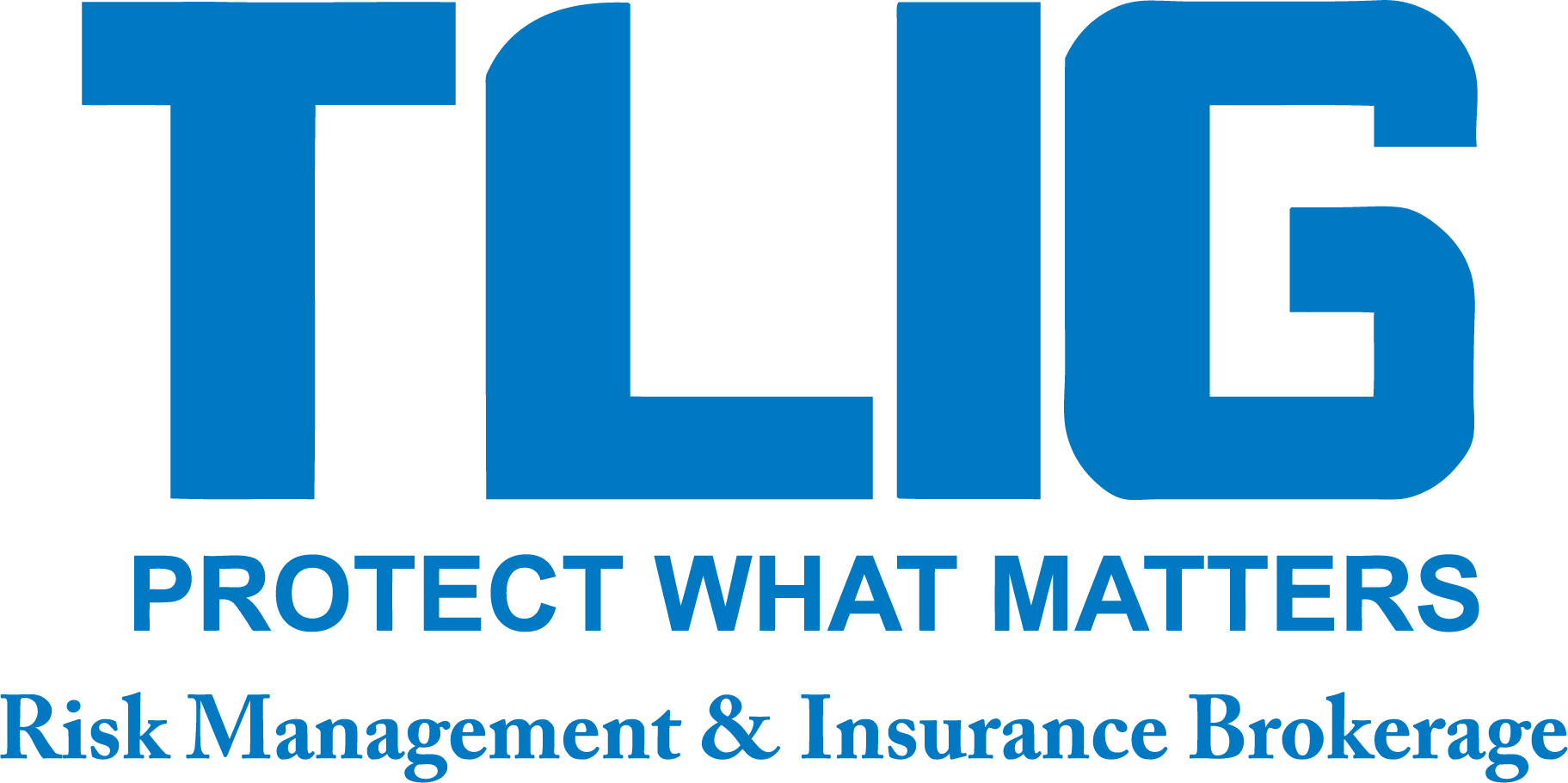Insurance comes in a wide array of choices for a variety of consumer and business needs. Even the best-educated consumer who spends time researching insurance issues will come across a topic he or she doesn’t understand.
Let’s take a look at what consumers say when asked: “What’s one thing you don’t understand about insurance?” Here are three common questions that Trusted Choice® insurance agents and brokers hear:
Q: Why do I need insurance?
Insurance is for the uncertainties of life. Accidents and catastrophes happen. What can’t be predicted is when they will occur, and whom they will affect. Most people understand they’ll get sick at some point in their lives, but they can’t predict the severity and extent of the illness nor the cost of the treatment.
Catastrophes strike: In 2005, there were 24 weather-related or other disasters causing a total of $61 billion of insured
losses. Hurricane Katrina alone caused $41 billion in damage from 1.75 million insurance claims.
Even the safest drivers face the risk of an accident, and even the safest homes can catch fire. In 2006, about 5 percent of insured homes had a claim, according to the Insurance Services Office. About 94 percent of these homeowners insurance claims were for property damage, including theft.
Lawsuits are another uncertainty thatbusinesses and homeowners face. They’re costly: In the 56-year period from 1950-2006, the costs of the tort lawsuit system in the U.S. increased an average of 9.2% each year, reported Tillinghast-Towers Perrin. While most lawsuits are settled before they reach the courtroom, Jury Verdict Research data show that the median plaintiff award in personal injury cases was $45,000 in 2005, compared with $32,000 in 2002. Insurance provides two benefits to those who are sued: It pays for the cost of defending the lawsuit and pays for any liability payments for which the insured is found responsible.
Q: How do you define what insurance is … or does?
Insurance is simply a vehicle for transferring risk from one party to another. You need insurance if you have financial risk (and everyone does) and you want to reduce that risk. To do so, you pay someone else (e.g., the insurance company) to assume much of the risk for you, in return for a payment known as a “premium.”
Because American consumers hold a tremendous amount of wealth in property—ranging from homes and cars to collections of baseball cards and Christmas ornaments—they have a basic need to protect themselves from losing that value.
Insurance is designed to “make people whole” after their property or assets are damaged or stolen, or if they are responsible for harm caused to another party. An insurance policy is a contract under which an insurance company agrees to pay a certain amount of money to the policyholder if certain events happen (and their property is damaged or they cause harm to someone else or someone else’s property).
Q: Is life insurance an investment or purely insurance?
A: Life insurance for centuries has been first and foremost insurance: it provides a death benefit to the family or business
partners of an insured person.
Beginning about 30 years ago, the attractive returns in stock investments led insurance companies to bring investmentelements into life insurance policies. For example, agents and companies offered consumers the choice of placing life insurance premiums into mutual
funds, stocks, and bonds within the life insurance contract—known as “variable” life insurance. The term “variable” implies that the investment returns on these premiums vary with market performance.
With these types of life insurance policies, the insurance carrier takes the policyholder’s premium dollars and places them
in the investment account(s) chosen by the policyholder. These types of life insurance policies are subject to state insurance regulation and federal and
state securities regulations.
While investment-oriented life insurance has grown popular over the past generation, traditional life insurance (both
permanent and term) continues to be purchased in large amounts. Americans purchased $3 trillion of new life insurance coverage in 2006, according to the American Council of Life Insurers.
If you’re not sure whether a life insurance policy includes investment elements, you can check the disclosure information
on a life insurance application or policy, which must discuss whether securities are part of the life insurance contract.
What are your particular questions about insurance? Give TLIG a call at 434-582-1444

